The Helpful Hort: Dahlias
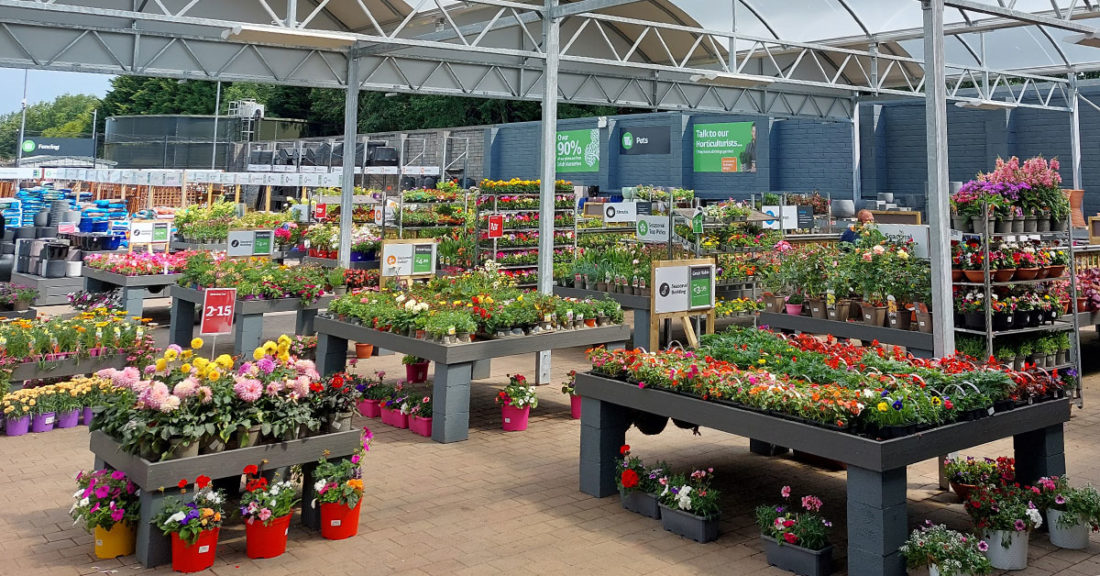
Welcome to The Helpful Hort series! This series of insightful articles are brought to you directly from our in-store gardening experts across the country. Each month we'll be posting new content on different gardening topics, handpicked by our Horticulturists. This will range from gardening tips, tricks and advice to project ideas for you and your budding gardeners, as well as posts on some of our favourite plants! To kick us off, we have Trevor McCarthy, the Horticulturist from our Turner's Cross store. Trevor will be discussing all things Dahlias with some helpful tips on how to grow your own at home.
Dahlias by Trevor McCarthy

Summer is at its height and the garden is at its best, or so I’d like to think! I always find little jobs to do as I walk through my small, city terraced garden, casually inspecting my flowers. I deadhead, tie back, and weed as I go. Quite often I start with a cup of tea in hand. I'm here to enjoy the garden, sip on my tea, and relax. As I’m sure any gardener will agree, this is rarely how it ends up.
Inevitably, I get stuck in and distracted by these tasks. All too often, I run out of time and leave things half done with my tea unfinished, next to a pile of torn up weeds and gone over flower heads. “Until next time,” I tell myself, “I’ll finish it then,” and the cycle begins all over again. I think I need to remind myself to stop and smell the roses from time to time! But July is a frantic month of growth, and the list of things to do never diminishes.
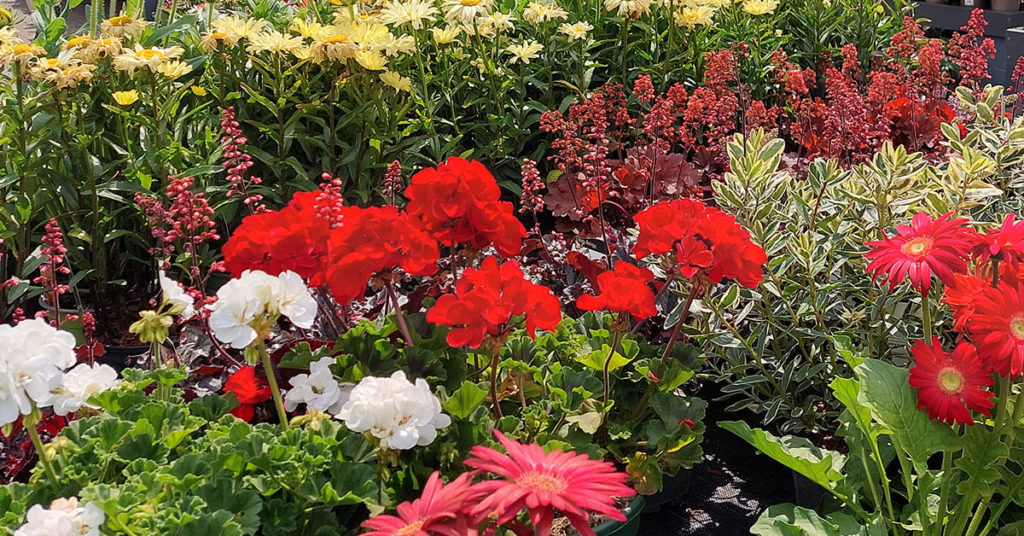
July also happens to be the month of my favourite flower, the Dahlia. I look forward to the first Dahlia blooms, from the little pompom varieties to the luxurious cactus varieties - much like my kids look forward to Christmas! My grandparents grew them on their farm in rural Co. Limerick. For weeks every summer, and well into autumn, the cottage kitchen was adorned with bunches of freshly cut flowers with Dahlias always taking centre stage.
My father continues to grow dinner-plate-sized blooms every year. His 60 years of horticultural knowledge are closely guarded secrets. Every year I grow blooms that any gardener would be proud of, and every year he out does me, “maybe next year,” I say! However, I do believe that during my own horticultural career, I’ve picked up a few interesting facts and helpful tips for keeping this exquisite plant happy, healthy and blooming right until the first frosts.
Dahlias have been a favourite for generations and it’s easy to see why. Their bright blooms, great variety, and heart-warming history make these flowers special in many ways. In my home and garden, they always take centre stage.
Interesting Facts About Dahlias
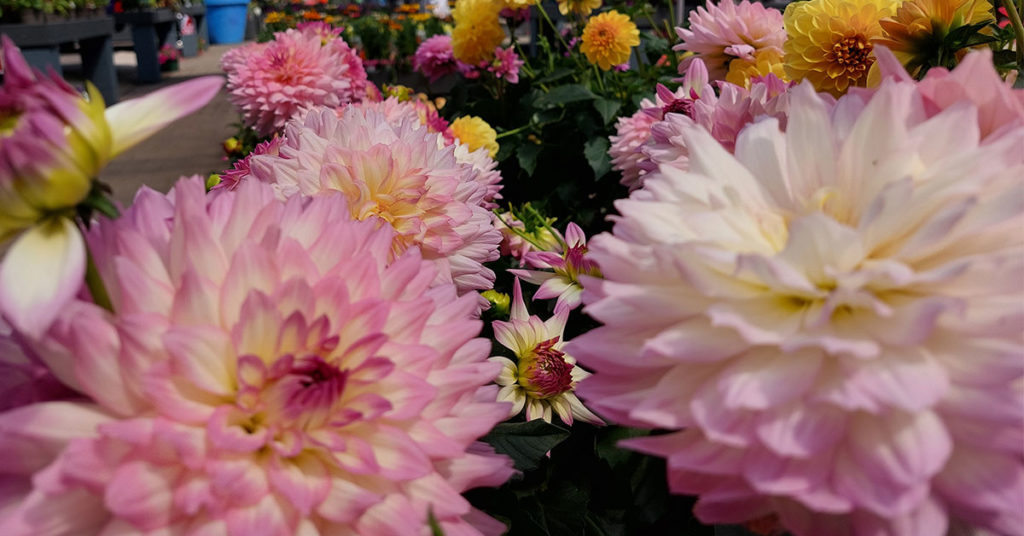
- There are currently 42 species of Dahlias.
- When the Dahlia was initially “discovered” in Mexico, it was declared a vegetable. This is due to the fact that the tubers are edible. However, whilst the tubers were part of an Aztec diet, the Dahlia delicacy failed to take off in Europe!
- Dahlias peak from mid-summer, which is later than a lot of other flowers, making them a great way to extend your summer flower displays.
- Dahlias can be found in almost any colour, but good luck finding a blue one! This isn’t due to a lack of trying though. Breeders are still exploring a way of creating these blue blooms.
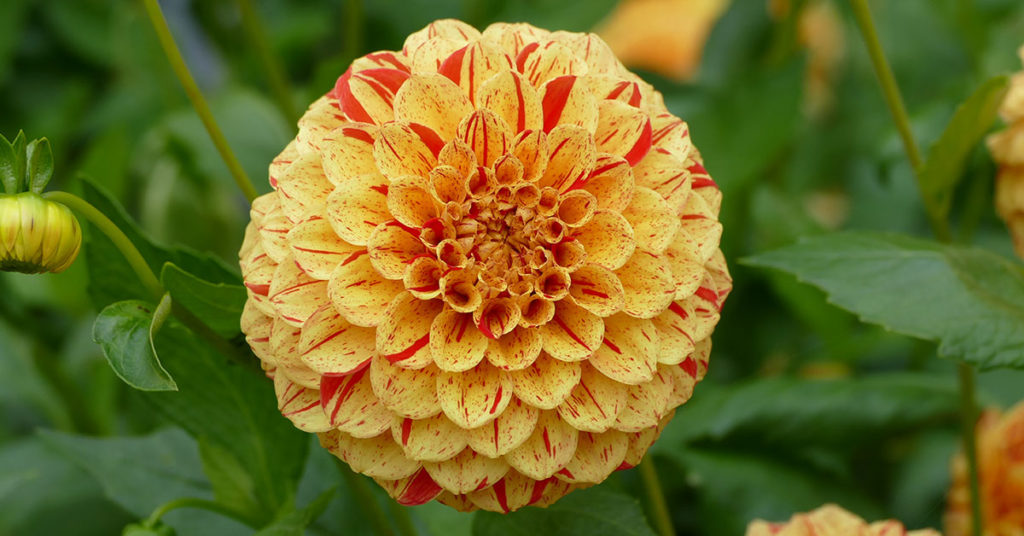
- Depending on the variety, Dahlias can be dainty or daunting, and can grow to be 35cm in diameter. Dwarf varieties are great for flower beds, whilst some giant varieties have been known to grow over 6m tall.
- Dahlias are officially part of the Asteraceae family. This flower family includes some familiar favourites including Asters, Daisies, Sunflowers, and Chrysanthemums.
- Unlike plants that use scent to attract, Dahlias rely on their amazing spectrum of colour. The bright blooms of Dahlias make them attractive to pollinating insects.
- The director of the Madrid Botanical Garden, Abbe Cavanilles named the Dahlia after the Swedish botanist, Anders Dahl.
How To Grow Your Own Dahlias
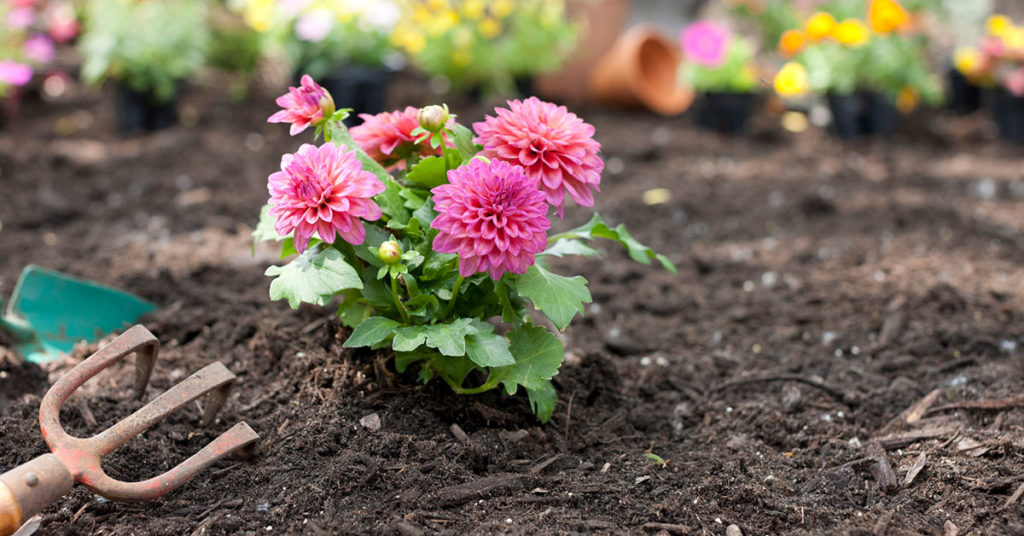
- Dahlias require a fertile, moist but well-drained soil, and a sunny, sheltered spot.
- Deadhead to continue blooming until the first frosts. Snip the spent flower as far down the stem as possible, until you meet the next pair of leaves. This might seem a little finicky, but trust me, you’ll avoid having dozens of ugly stems sticking out everywhere!
- Feed with a potassium or potash rich feed. Tomato feed is fine. However, it’s important to follow the instructions precisely. Adding an extra drop of concentrated feed to the water will do more harm than good.
- The taller varieties need staking. In autumn, stake the plants before they need it! As the plants grow, they’ll cover any canes used as stakes. Use a cotton string to tie the plants, as wire/plastic can damage the stems.
- Dig up the tubers and overwinter them in a frost-free place, such as a greenhouse or a shed.
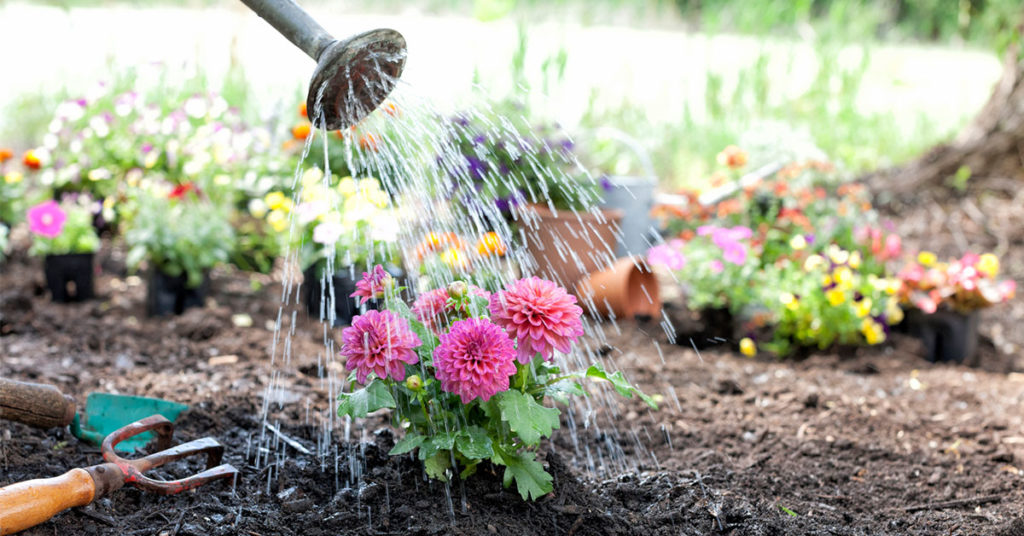
- It’s possible to leave the tubers in the ground over winter. I’ve done this successfully at home. However, make sure this is not a frost pocket or area where the tubers will sit in water over winter as this will kill them.
- Also, if you do choose to leave them out, remember where they are! I’ve forgotten many times and accidentally dug them up a few weeks later when planting my Spring bulbs. An upturned pot on the site where they sit is enough to remind me and might be a handy trick to help you out too.
- Bring them back into growth in early April, then plant out in the garden from May onwards.
- Take care against slugs and snails as they find fresh young herbaceous growth irresistible, and will shear your Dahlias to nothing before they have a chance to establish themselves. Read more on how to handle them here.
- Lastly, I’ll repeat this one... Deadhead regularly to keep those wonderful blooms coming back until the first frosts!
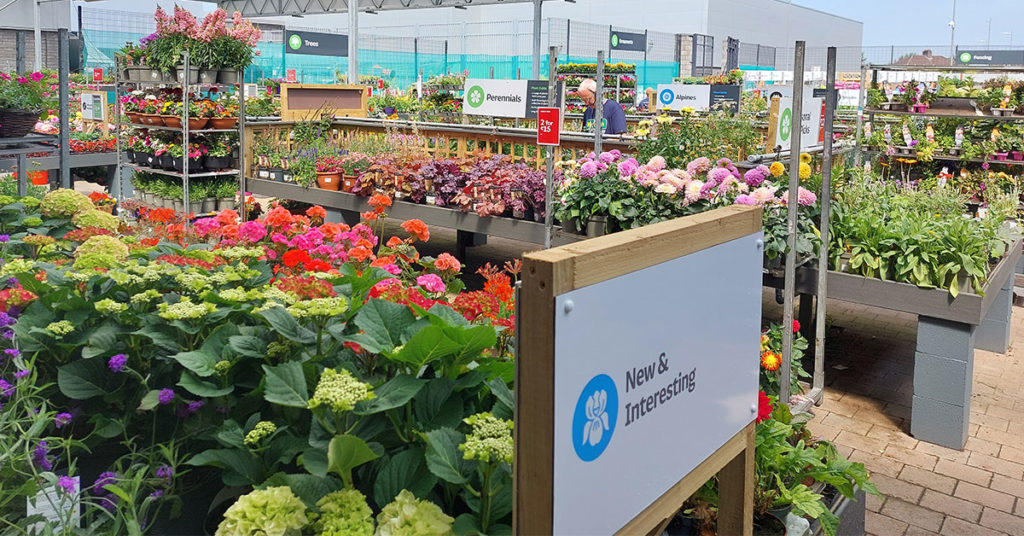
Pop down to the Turner's Cross store in Cork today, and have a chat with Trevor on all things gardening! For more helpful tips, tricks, and inspiration, check out our other posts, here.
Woodie's
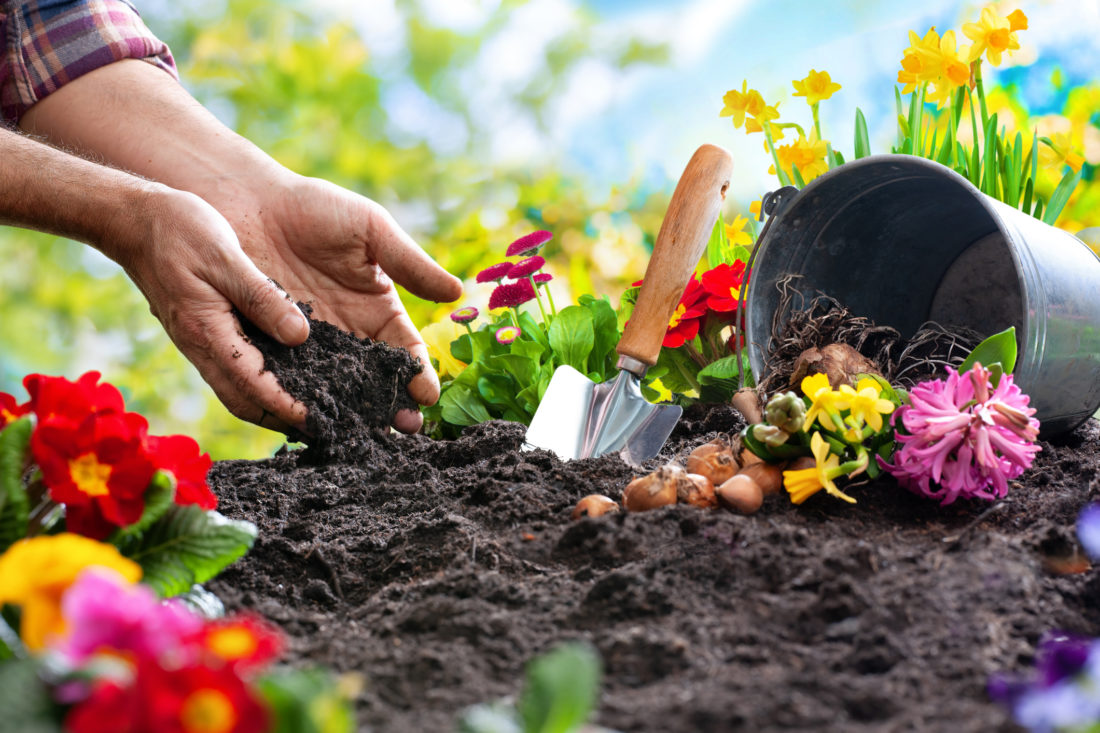
- Lawn & Garden
August Gardening Jobs: What to Plant, Grow, and Renovate This Month
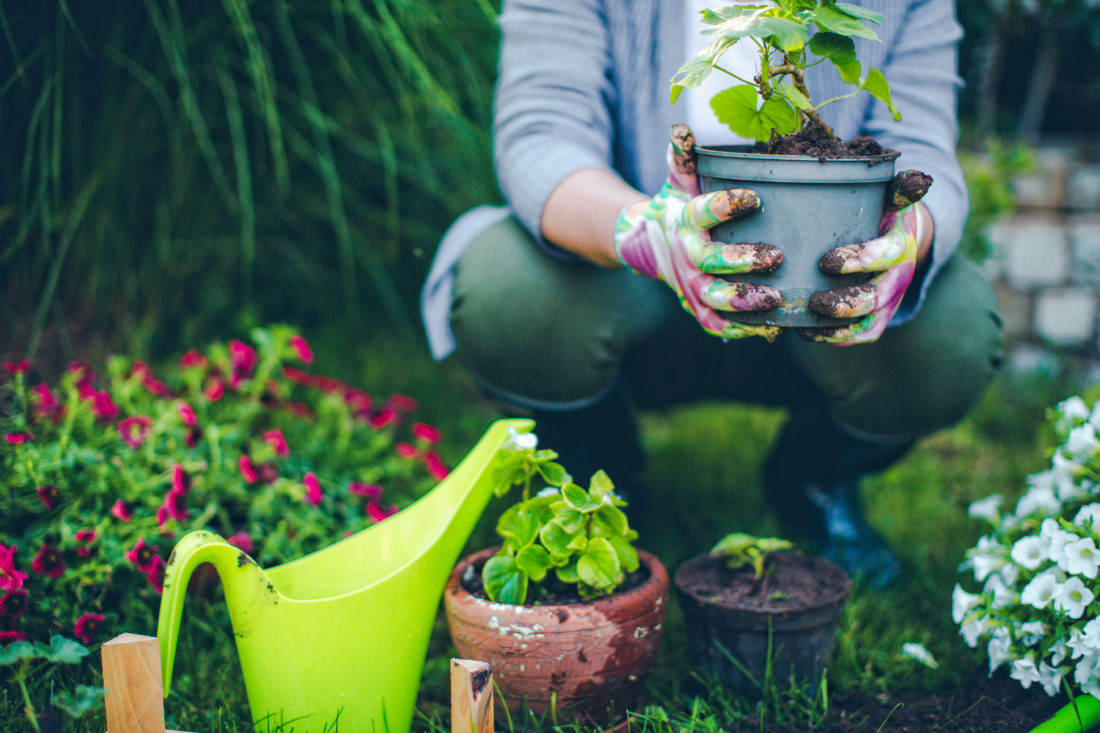
- Lawn & Garden
July Gardening Jobs: What to Plant, Grow, and Renovate This Month
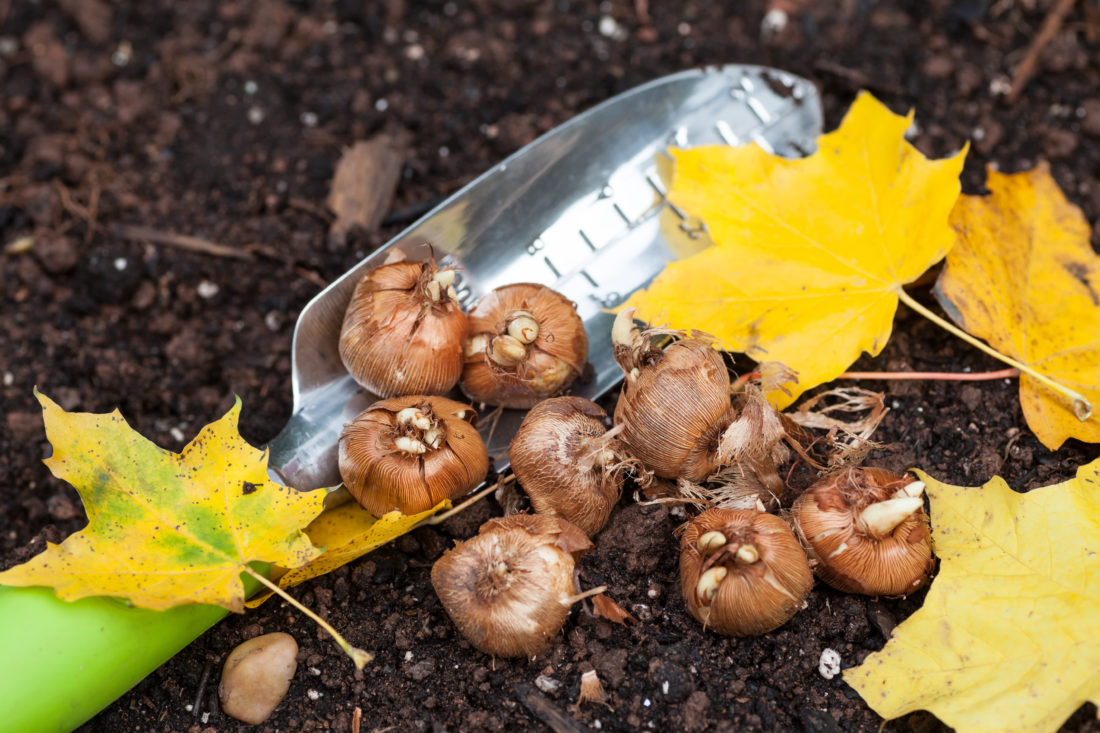
- Lawn & Garden
October Gardening Jobs
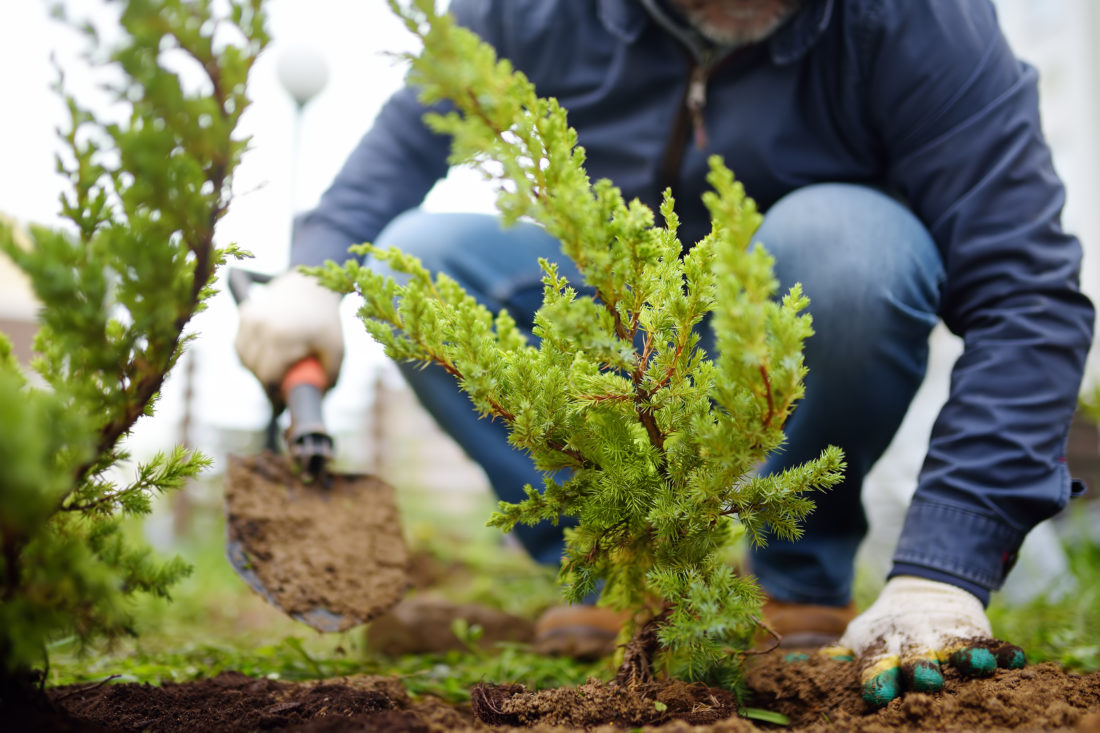
- Lawn & Garden
September Gardening Jobs: What to Plant, Grow, and Tidy This Month
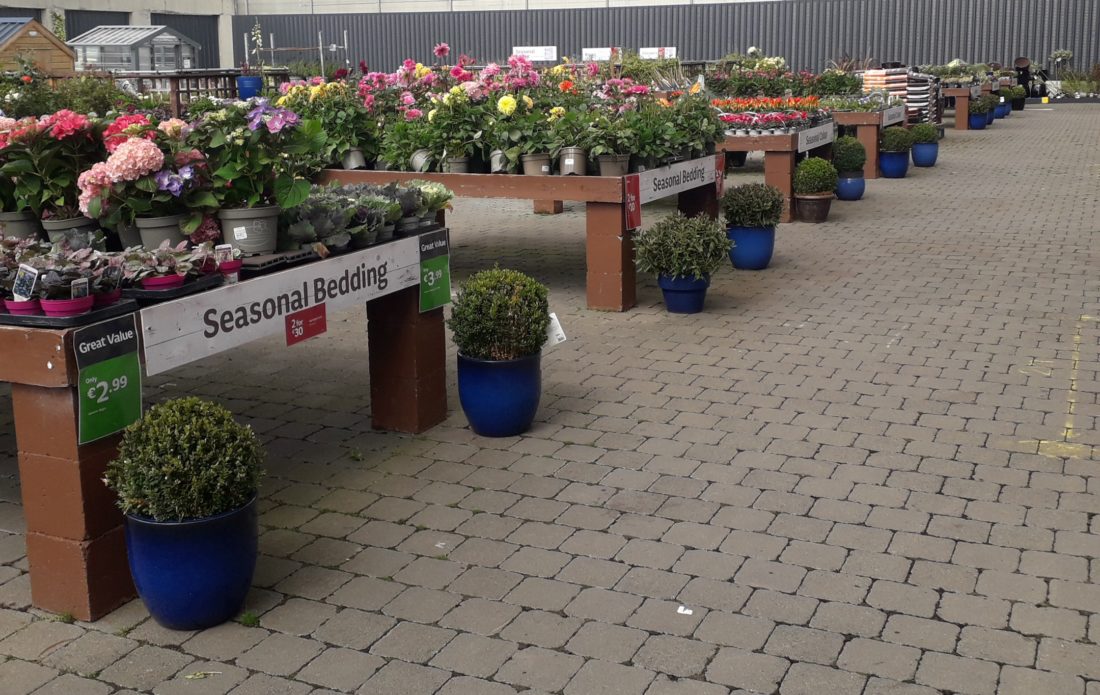
- Lawn & Garden
The Helpful Hort: Planting an Autumn Feature Pot
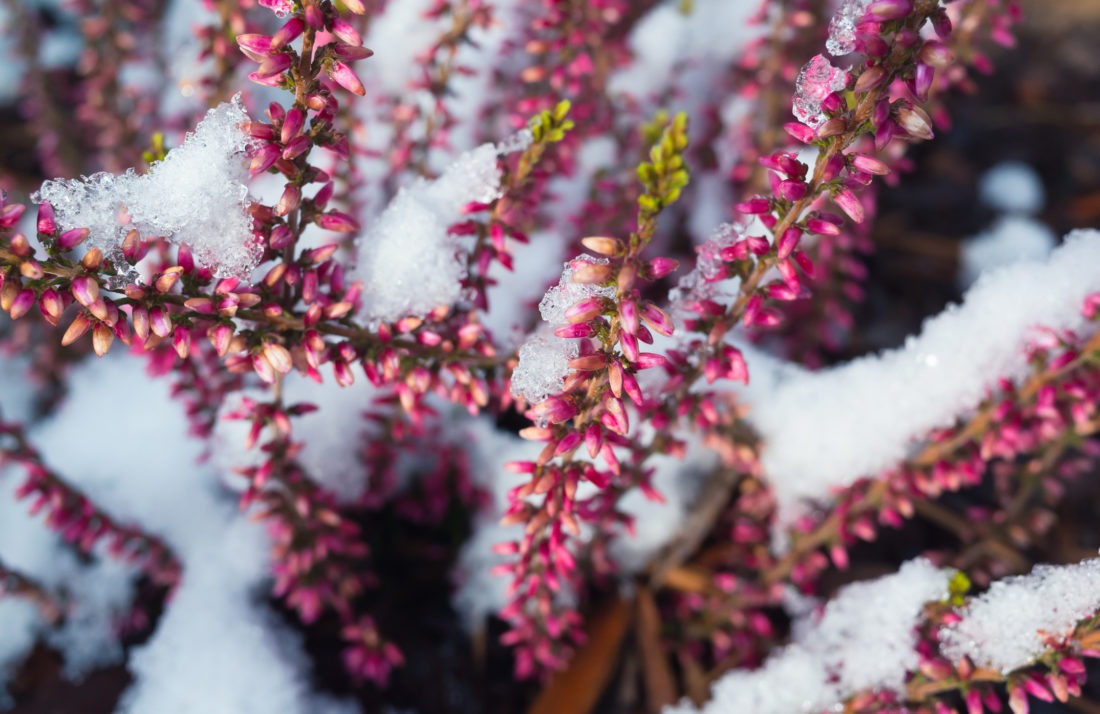
- Lawn & Garden